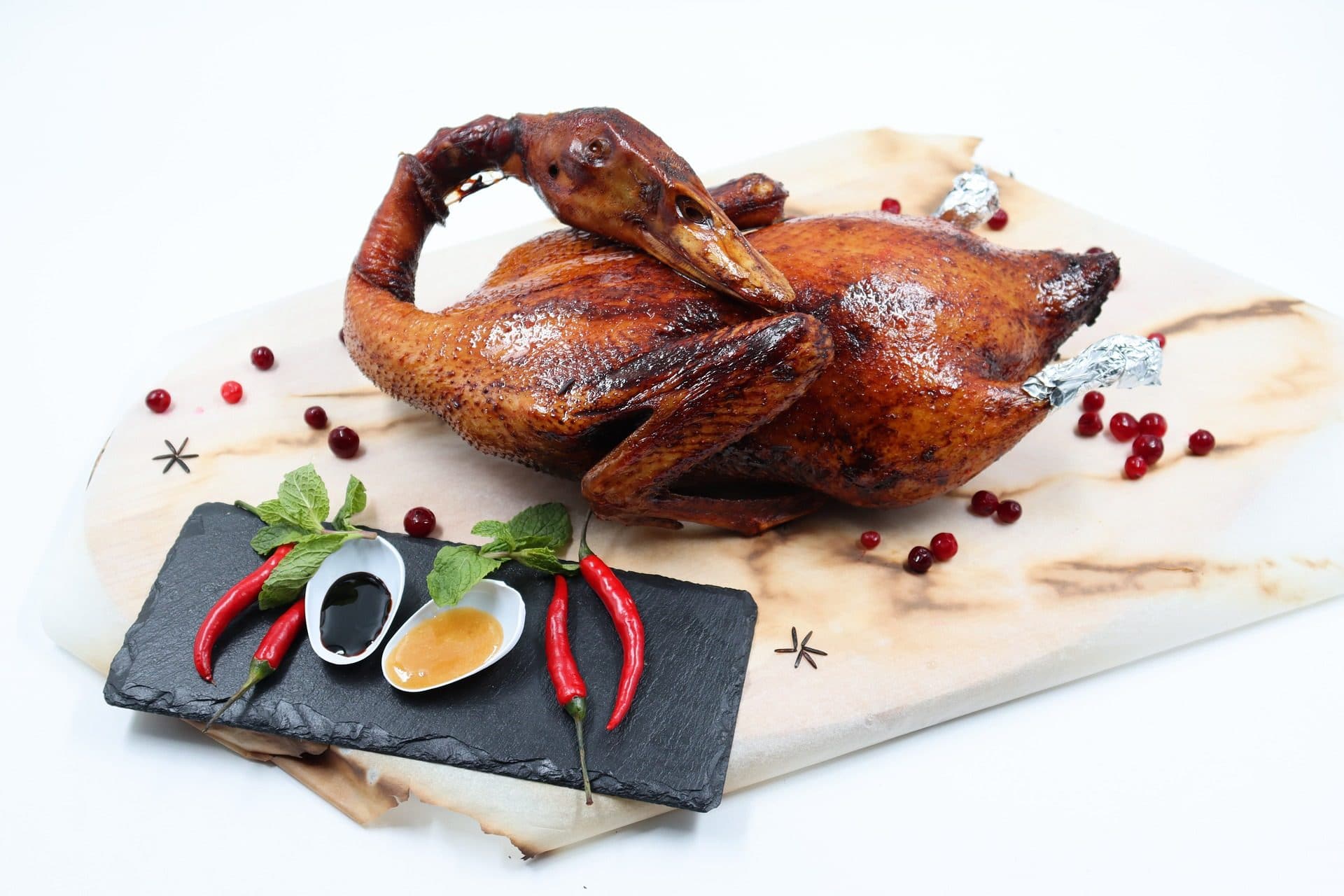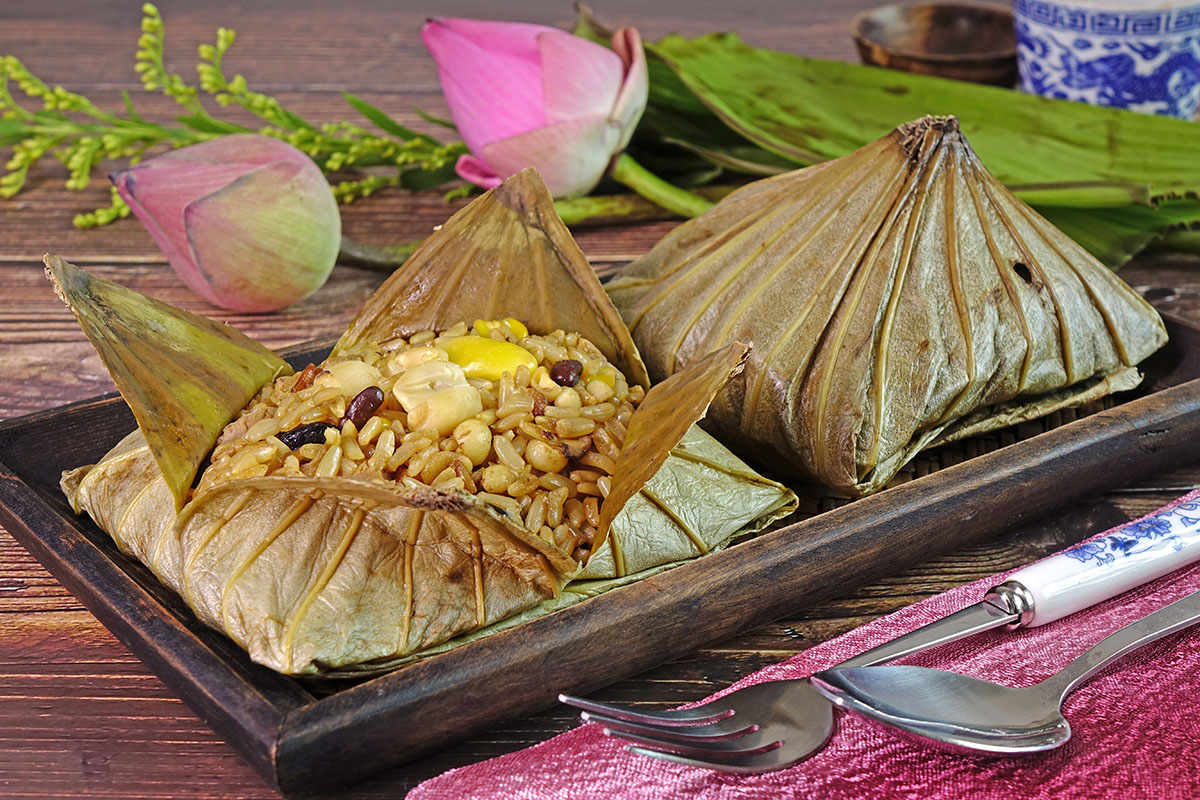
China is approximately the fourth largest country in the World, just slightly smaller than the USA, but has the largest population of anywhere at around 1.4 billion people. That is roughly 1.1 billion more people than the US! It is no wonder then that Chinese Cuisine is so diverse.
Traditionally the cuisine of China has been split into four distinct areas, North, East, South and West, although more recently it has expanded to eight, known as the Eight Great Traditions. The style of cooking varies enormously across the country depending on the climate and the terrain, and, of course, the diverse range and supply of fresh ingredients. One constant that does not vary is the freshness of meats and vegetables that are used in perfect harmony. In this introduction to Chinese Cuisine I will cover the four main regions.
Lu Cuisine (Shandong)
The northern of our four traditional regions is Peking (Beijing). With mountains to the north and Inner Mongolia to the west the climate and landscape here is fairly bleak. Spring and summer can be dry and dusty but winter is freezing cold! The main crop is wheat, rather than rice, which is used to make noodles, pancakes and dumplings.

Meat, in particular mutton, was introduced by the Mongols and tends to be plainly cooked with the addition of onions, leeks and garlic. The most famous dish from this region is Peking Duck, with its fabulous crispy skin, is à throwback to the Imperial Court from Beijing and is more elegant than much of the cooking from the outlying areas of the region.
Su Cuisine (Jiangsu)
To the East on the plain formed by the delta of the River Yangtze lies the region of Shanghai. This area is one of the leading agricultural areas of China and produces rice, wheat, barley and an abundance of fresh vegetables. It is also known as the land of rice and fish, both of which feature heavily in the cuisine of the region. Shanghai is the largest city in China and its cuisine is noted for the use of red-cooking with dark soy sauce and plenty of sugar producing dishes that are rich and sweet with exquisite flavours.

The Yangtze has a heavy influence on the area with the land being well irrigated and countless streams and small lakes ideal for ducks, fish, frogs and eels. Traditional dishes will include whole fish steamed in Lotus leaves, which also grow well in the small lakes. Eastern China is also known for “paper-wrapped” dishes such as chicken or prawns flavoured with ginger or mushrooms.
Cantonese
To the South is the province of Canton, a mild, semi-tropical climate growing an enormous amount of fruit, vegetables and rice all year round. There is plenty of feed available for livestock so good quality chicken and meat are in plentiful supply. To the south of the region the South China Sea provides excellent fishing for a huge variety of fish and seafood. It is probably seafood that plays the major part in Cantonese cooking. There is an abundance of prawns, lobster and crab which are often stir fried with ginger and onion.
But seafood flavours are often found in meat dishes through the use of oyster sauce or shrimp paste. Beef with oyster sauce is a favourite. For centuries the Cantonese have been known for their cuisine and it is probably the most recognisable Chinese cuisine in the Western Hemisphere. The Cantonese use delicate cooking methods, poaching or steaming, in order to preserve the flavour and quality of their ingredients. Steamed scallops in black bean sauce sounds heavenly! They have also developed a cooking method called Cha Siu – literally barbecue roasting. It involves marinating meat, often pork, for a time and then cooking it quickly in a very hot oven.
Szechuan
To the West the largest province in China lies in a great basin surrounded by mountains. The scenery here is spectacular with massive gorges cut by the mighty Yangtze river. In the past the only means of communication with the outside world was via the Yangtze. The climate is warm and humid and crops can be grown almost all year – fruit and vegetables, mushrooms and spices, particularly chilis and the famous Szechuan pepper.
As you might expect the food from this region is known for being strongly flavoured and full of hot spices along with garlic and onions. It can also include the aromatic nutty flavours of peanut, cashew, sesame and pine nuts. The region is also noted for its food preservation techniques like salting, smoking, drying and pickling.